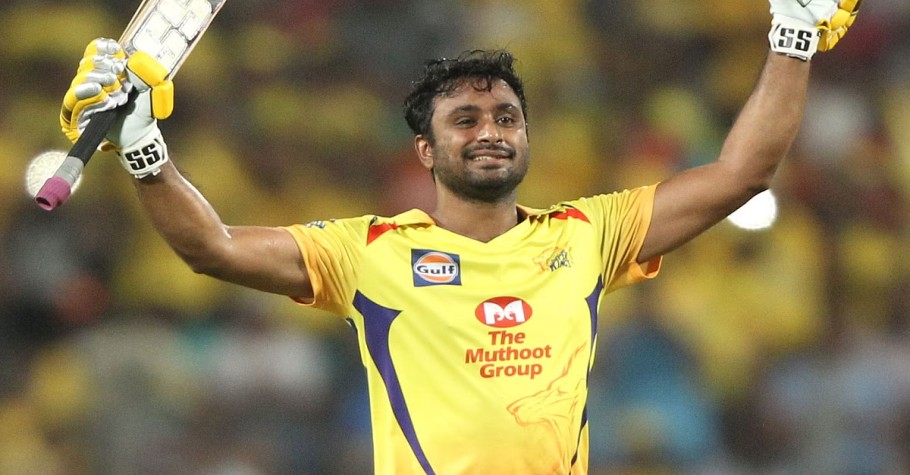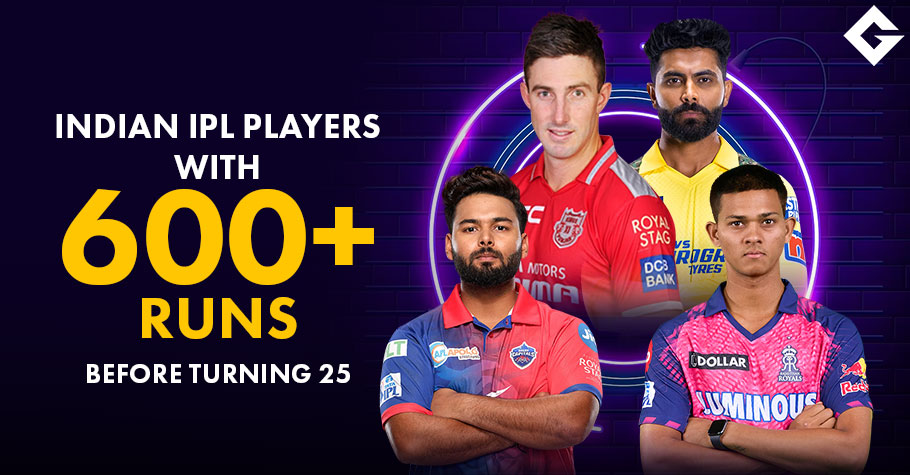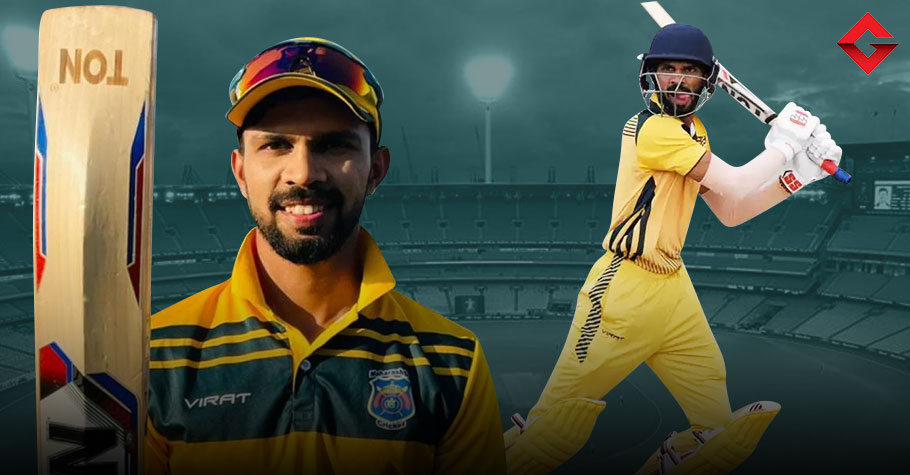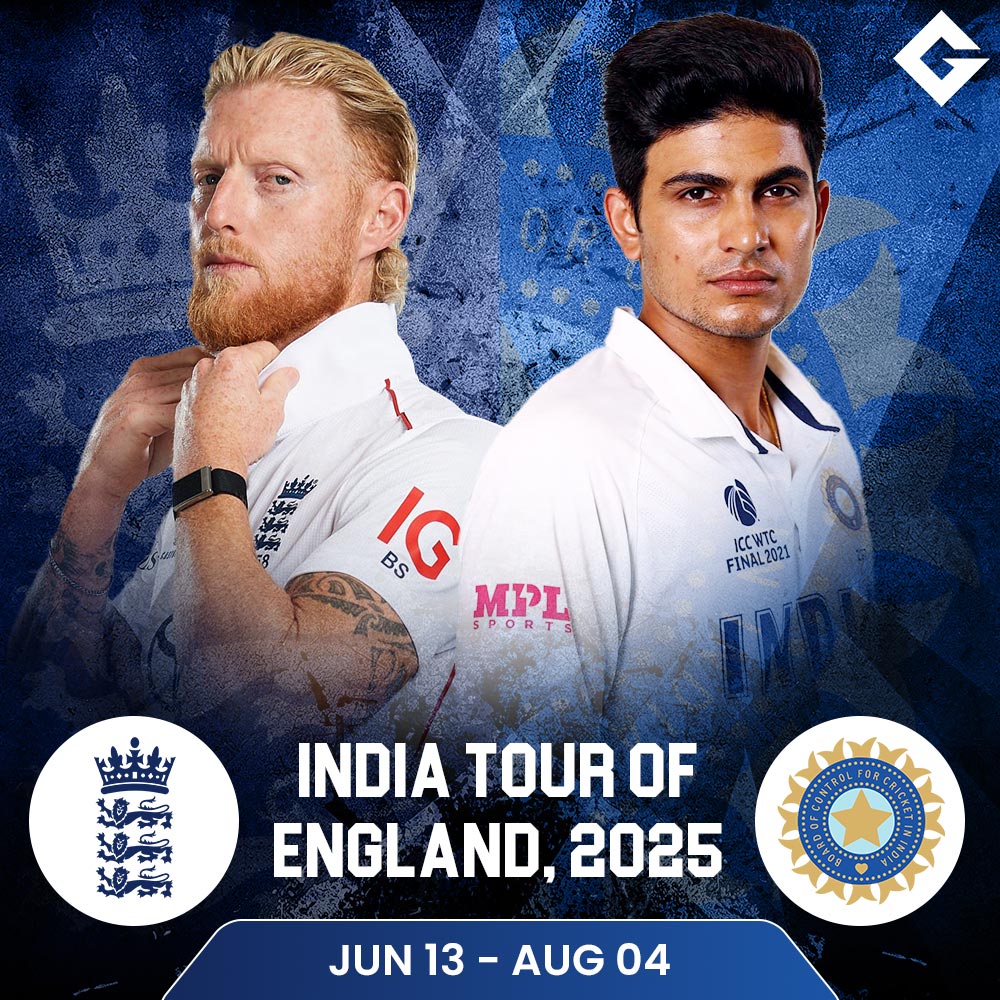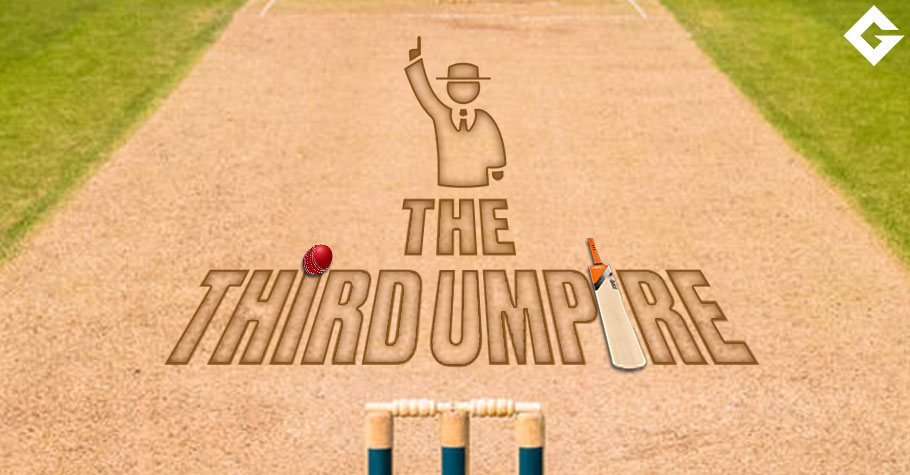 Sports
Sports
How To Become A Third Umpire In Cricket
Cricket is a game that attracts a diverse range of participants from different age groups, cultures, demographics, and languages. The passion and excitement among players and spectators reach incredible heights when the game transitions from being played in a local area to a huge stadium. However, do you know who the real heroes of the game are?
It’s the umpire! They play a crucial role in ensuring that the game is played fairly and justly by keeping a close eye on any flaws and addressing them immediately. They eliminate the possibility of any unfair play by checking for no balls, run-outs, byes, wide balls, sixes, fours, catches, and other such violations.
Umpires are the unsung heroes of cricket, and their presence is vital to the integrity of the game. They are responsible for making tough decisions in high-pressure situations, often with the eyes of the entire stadium on them. Their job requires immense concentration, focus, and knowledge of the game’s rules. They must remain unbiased and neutral throughout the game, ensuring that every decision is fair and just for both teams.
Important Role of Umpires in Cricket
An umpire is a member of the official staff who makes key decisions during a game. On the field, the umpire’s decision is definitive. An umpire also ensures that the equipment and match conditions are good before the game starts.
Number of Umpires in a Cricket Match
When it comes to officiating a cricket match, two umpires are required. The umpires’ positions are different, which can significantly affect the match. One of the umpires is positioned at the non-striker end and considered one of the most important individuals on the pitch.
The second umpire is positioned on the square leg side, the Leg Umpire. The Leg Umpire assists the primary umpire with a variety of decisions, providing additional viewpoints and perspectives that can be invaluable to the primary umpire.
A third umpire can be called upon to assist in certain big matches. The third umpire is equipped with the necessary technology to make accurate decisions. Suppose there is a situation where the umpires on the pitch cannot decide whether there are any flaws in a particular play. In that case, the third umpire is called upon to access the moment’s visual using various technologies. After conducting an appropriate inspection, the third umpire will give the verdict.
How to Become a Cricket Umpire in India
If you wish to be an umpire, you must pass both the oral and written exams. Following that, a person must register with the appropriate state cricket board. Then there’s umpiring in local cricket matches, followed by passing the BCCI level 1 and level 2 tests to become a BCCI-certified umpire. To become an umpire in cricket, an individual does not need to have previously played competitive cricket.
ALSO READ: India’s Road to Victory: A Look Back At India ODI World Cup Journey
The World’s Top Umpires
Making a decision may seem simple, but in a cricket match, it requires a keen eye to detect any errors. Umpires have often faced criticism for incorrect calls, although correct decision-making is what sets them apart. Here are the top five umpires who are considered the best in the business.
1. Simon Taufel
Simon Taufel is a former Australian cricket umpire who is well-known in the cricket world for his excellent umpiring skills. From 2004 to 2008, Taufel was named ICC Umpire of the Year five times in a row. According to data available, he has umpired in 74 tests, 174 ODIs, and 34 Twenty20 International matches (T20I).
Taufel withdrew from international umpiring in 2012, but he remained active in cricket. He was the ICC Umpire Performance and Training Manager, where he shared his knowledge and experience with prospective umpires. He has also held different coaching and mentoring roles in cricket.
2. Anthony Lloyd Hill
Anthony Lloyd Hill, popularly referred to as Tony Hills, is a retired New Zealand umpire. In 1998, Hill made his debut as an umpire during an ODI game between New Zealand and Zimbabwe.
He umpired in 150 games across all three formats before retiring. As a neutral umpire, he is frequently chosen by the ICC for matches that take place outside of New Zealand.
Hill has officiated in 64 Tests, 139 ODIs, and 24 T20s since joining the ICC Elite Panel of Umpires in 2009. Hill acted as the New Zealand Cricket umpire coach after retiring in 2013.
3. Srinivas Venkatraghavan
Venkatraghavan was a former India cricketer who captained the Indian cricket team at the first two ICC Cricket World Cups, and later became an umpire on the elite International Cricket Council Test panel.
Venkat started his career in umpiring in 1993, ten years after his retirement from international cricket. He made both his ODI and test debuts officiating India vs England games during England’s tour to India.
A spinner by profession in his playing time, Venakat had successfully made his name in umpiring as well. Having officiated in 79 tests, 47 T20, and 78 ODIs in his 11 year, Venkat retired from the umpiring career in 2004.
4. Daryl Harper
Harper, an Australian umpire, began his career in 1987 and officiated in the first ODI in 1994. In 2002, he became the first Australian to be named to the ICC Elite Panel of Umpires.
Harper has umpired in 104 test matches, 221 One Day Internationals (ODIs), and 17 Twenty20 Internationals (T20I). In 2005, he was awarded the ‘ICC Bronze Bails Award’ for completing 100 ODIs.
Following some criticism from India during the first test against the West Indies, Harper retired from umpiring. As a result of “general performance reasons,” the ICC removed Harper from the Elite Panel in May 2011 and dropped him from the 2010 ICC World Twenty20.
5. Rudi Koertzen
An experienced cricket umpire whose name is well known on the circuit, having umpired from 1992 to 2010. Koertzen has officiated in 108 Tests and 209 One-Day Internationals during his career. He was universally considered as the most reliable umpire of the time.
Koertzen umpired in high-profile games such as India vs Pakistan, The Ashes, World Cup semi-finals, and the Champions Trophy finals in 2004 and 2006.
6. Billy Bowden
An umpire known throughout the world for signaling out with a crooked finger. This New Zealand umpire made his debut against Sri Lanka in Hamilton in 1995. He was also a member of the ICC’s first Elite Panel in 2002 and was a regular in almost every ICC tournament for the next decade or so. The New Zealander retired in 2016 after 84 tests, 200 ODIs, and 24 T20s. But his distinct umpiring style will live on in the memories of cricket fans for the rest of their lives.
Third Umpire in Cricket
The Third Umpire is an official who is responsible for making decisions off the field. Their role comes into play when the on-ground umpires cannot decide certain aspects of the game such as no-balls, boundaries, stumpings, leg before wicket (lbw), run-out, and catch-outs. The Third Umpire is responsible for reviewing the decisions made by the on-field umpires when there is a doubt regarding whether a batsman is out or not.
This official has access to television replays, which allows them to make an informed decision based on the footage. The on-field umpires can also ask the Third Umpire to review a decision if they are unsure. This extra layer of decision-making helps ensure that the correct decision is made, which is essential in maintaining the fairness and integrity of the game.
The Third Umpire plays a crucial role in modern cricket and has become an indispensable part of the game. Their presence ensures that the game is played fairly and justly, which is essential for the sport’s continued success and growth.
Role of the Third Umpire in Cricket?
- On-field umpires are not always able to make fair and precise rulings about the errors. In this case, the third umpire is responsible for making correct decisions.
- Third Umpires are also in charge of revisiting the initial decisions of on-field umpires if the playing team requests it.
- Having a third umpire during a match is crucial as it significantly reduces the chances of mistakes being made, which could potentially impact the outcome of the game.
Advantages of Having A Third Umpire?
- Reduces the number of wrong decisions made by on-field umpires.
- Ensures a fair verdict in the event of a mistake all through the game.
- Uses replays and snickometer to make critical decisions.
Average Net Worth of a Third Umpire
The pay scale for third umpires varies depending on the format. According to reports, if an individual is an ICC-appointed umpire and is on the elite panel, they can earn up to ₹3.3+ Crore depending on their seniority or expertise. If you are on an international contract panel and have two to three years of experience, your income can go up to ₹1.81+ Crore.
Can Third Umpire Replace On-Field Umpires?
The third umpire is responsible for evaluating judgments made by the on-field umpires, including no-balls, run-outs, stumpings, catches, and boundary decisions. They use available technology to make recommendations, and the final judgment is made in consultation with the on-field umpires.
The third umpire has been a valuable addition to cricket, but it cannot replace the on-field umpires entirely. The on-field umpires play a crucial role in keeping the game moving and ensuring fair play, while the third umpire provides assistance in making accurate decisions using technology. Together, they form a system that promotes fair play and reduces errors, making the game of cricket more enjoyable for everyone involved.
For more fantasy sports news and poker promotions, keep reading GutshotMagazine.com. Follow us on Facebook, Instagram, Twitter, and Telegram.

A young and passionate writer with a postgraduate degree in Radio and Television Journalism from the Indian Institute of Mass Communication, Kumar Shubham works as an Executive Content Writer for Gutshot Magazine and enjoys watching movies, making short films, and doing voice overs.
More News
Comments
Top 15 Fantasy Sports Sites
-
Kubera Fantasy
Use referral code GUTSHOT
Offer: Get Instant ₹100 FREE Register -
PlayerzPot
First deposit on PlayerzPot
Offer: Get 100% bonus up to ₹10,000 Register -
Fantasy Akhada
4% commission on friends' deposits
Offer: Sign-up & get ₹500 FREE Register -
BalleBaazi
Sign-up Now
Offer: Get ₹50 FREE Register -
My11Circle
Download the app
Offer: Get ₹1,500* FREE Register





